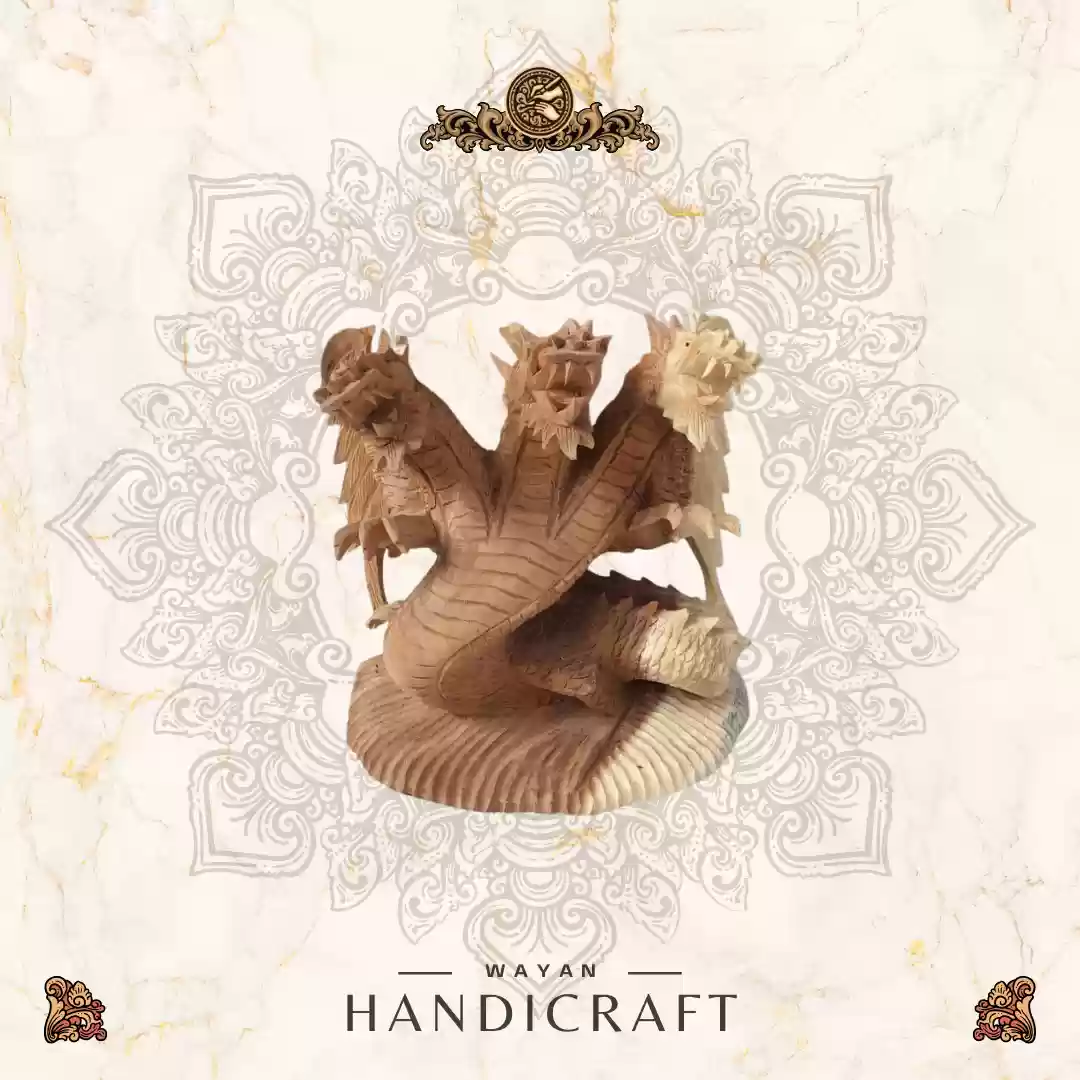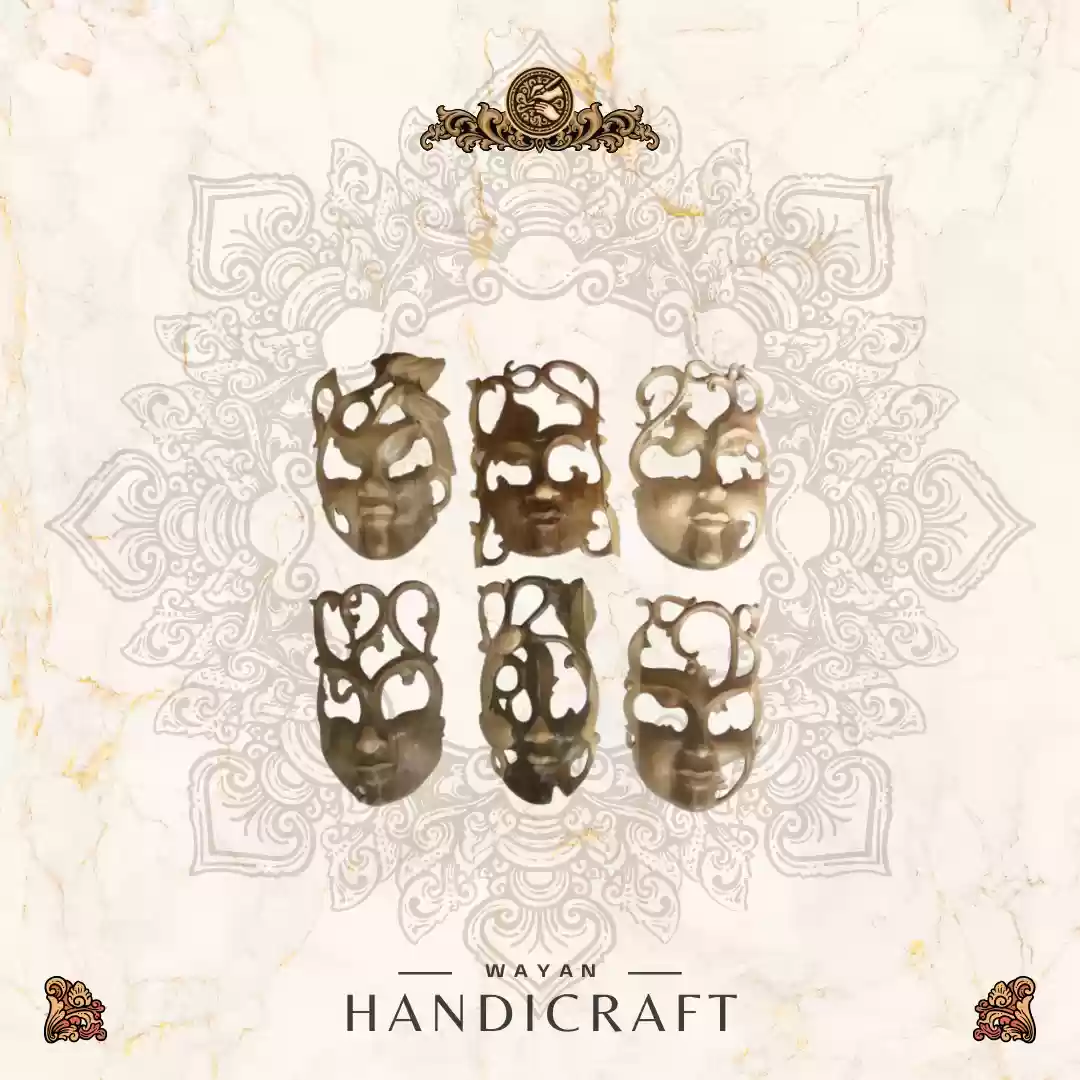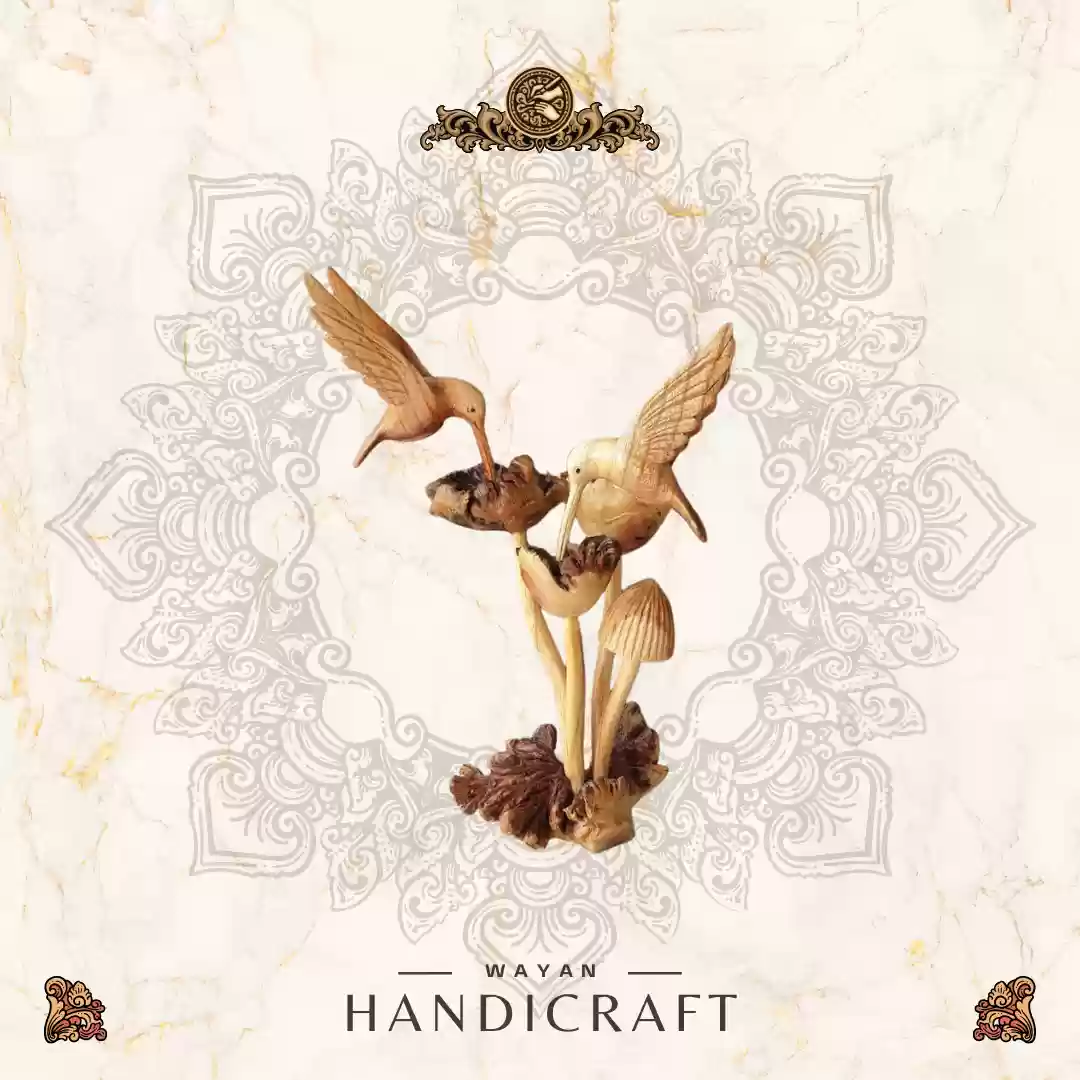The Meaning Behind Balinese Wood Carvings: Symbols, Stories, and Spirituality

There’s something deeply moving about walking through a Balinese temple or artisan village and seeing intricate wood carvings adorning every space. It’s not just the craftsmanship that stands out—it’s the spirit that lives inside the wood. For centuries, the Balinese people have expressed their beliefs, stories, and cultural identity through carving. And today, these works of art remain one of the most sought-after expressions of spiritual statues from Bali and traditional Balinese symbols.
But what do these carvings really mean? Why are they so revered, both in Bali and around the world? In this article, we explore the profound symbolism, sacred meanings, and spiritual roles behind Balinese wood carvings, helping you see these beautiful creations not just as decorations—but as living traditions.
1. The Spiritual Foundation of Balinese Art
Unlike many decorative arts found elsewhere in the world, Balinese wood carvings are inseparable from the island’s deeply spiritual worldview. At the heart of Balinese life is a belief in the balance between the Sekala (the seen) and Niskala (the unseen). Carving becomes a way of making the invisible visible—a tangible channel for energy, prayer, and protection.
Wood, in particular, is seen as a vessel for spiritual force. That’s why many artisans will offer a small ritual or prayer before beginning their work—asking permission from the spirit of the tree and channeling intention into each stroke.
2. Garuda – The Sacred Mount of Vishnu
Perhaps the most iconic figure in Balinese carving, Garuda is a mythical eagle-like creature and the loyal mount (or vahana) of Lord Vishnu in Hindu mythology. Fierce yet noble, Garuda represents freedom, protection, and loyalty.
In Balinese wood carvings, Garuda is often depicted with outstretched wings, ready to soar—symbolizing divine power that transcends earthly limitations. His statues are frequently found in homes, temples, and government buildings, believed to guard against evil and injustice.
Spiritual meaning:
- Guardian of truth
- Protector from dark forces
- Symbol of power, speed, and divine service
3. Barong – The Guardian of Good
Another powerful figure in Balinese mythology, Barong is the eternal opponent of Rangda (the witch queen) in the cosmic dance of balance. Where Rangda represents chaos and destruction, Barong stands for goodness, harmony, and protection.
Carvings of Barong often show a lion-like creature with large, bulging eyes and ornate facial features. During religious ceremonies, Barong masks are worn by dancers to invoke protection over villages and individuals.
Traditional Balinese symbols like Barong are believed to neutralize negative energy, and many homes keep a small Barong carving near the entrance.
Spiritual meaning:
- Embodiment of positive forces
- Bringer of healing and balance
- Fierce protector from spiritual harm
4. Dewi Sri – Goddess of Rice and Fertility
Rice is more than food in Bali—it’s life. And Dewi Sri is the goddess who blesses the island with abundance, fertility, and sustenance. A symbol of femininity, nourishment, and prosperity, Dewi Sri is revered in every Balinese household.
In spiritual statues from Bali, Dewi Sri is often shown holding rice stalks, seated in calm elegance, sometimes with snakes at her feet (symbolizing her dominion over fertility and the underworld).
Having a carving of Dewi Sri in your home is a way of inviting balance, health, and material wellbeing into your life.
Spiritual meaning:
- Nurturing feminine energy
- Giver of life and growth
- Symbol of prosperity and domestic harmony
5. The Lotus – Symbol of Purity and Enlightenment
Although not a deity, the lotus flower is one of the most common and revered traditional Balinese symbols found in wood carvings. Often carved into the base of Buddha statues or temple panels, the lotus represents spiritual growth rising from the mud of the world.
Its petals unfold in perfect symmetry, reminding us of beauty born from struggle, and the potential for awakening in every soul.
Spiritual meaning:
- Inner purity
- Awakening and transformation
- Detachment from ego and worldly concerns
6. Kala and Bhoma – Faces That Ward Off Evil
You may have seen intense, sometimes frightening faces carved into temple doors or archways in Bali. These are not monsters—they are protective spirits.
- Kala, with his wide-open mouth and bulging eyes, is often placed at entrances to scare away demons.
- Bhoma, his son, is a forest spirit, often used to represent growth, fertility, and environmental harmony.
While intense in appearance, these Balinese wood carvings are symbols of safety and guardianship—inviting only positive forces to enter.
Spiritual meaning:
- Protection from harm
- Boundary between sacred and profane
- Purification of energy before entering holy spaces
7. Mandalas, Spirals, and Abstract Forms
Not all carvings represent physical beings. Some of the most powerful handcrafted Bali art comes in the form of abstract patterns—mandalas, spirals, interwoven knots—each with symbolic meaning.
- Spirals symbolize growth, life cycles, and divine energy.
- Mandalas represent wholeness, unity, and the balance of elements.
These pieces are popular for meditation rooms, yoga studios, and spiritual spaces where energy alignment is essential.
Spiritual meaning:
- Alignment of the self
- Sacred geometry of life
- Harmony between the inner and outer world
8. Carving as Ceremony: The Ritual of Creation
In Bali, art is never just technique—it is ceremony. Many artisans treat their carving process as a ritual itself. From choosing the right time of day, to saying a prayer before starting, to carving in silence while listening to gamelan music—every step is infused with meaning.
It’s common for a craftsman to offer flowers or incense before beginning work on a particularly sacred statue. In this way, spiritual statues from Bali are born not just from wood, but from prayer.
9. Why Collectors Around the World Value These Carvings
More and more people across the globe are choosing to buy Balinese wood carvings not only for their aesthetic appeal, but for the deep meaning they carry.
Unlike machine-made décor, these carvings:
- Are infused with cultural heritage
- Support local artisans and traditions
- Reflect universal spiritual values
- Offer energy and presence that enrich a space
Each time you bring a piece home, you’re not just decorating—you’re participating in a living tradition.
10. Where to Find Meaningful Balinese Wood Carvings
If you’re inspired to bring these symbols into your home or sacred space, we invite you to explore our curated collections at Wayan Handicraft. From guardian masks and deity sculptures to mandalas and animal figures, our pieces are:
- 100% handcrafted in Bali
- Made from sustainable local wood
- Blessed and ethically sourced
- Accompanied by stories of their meaning and origin
Whether you’re looking for a spiritual statue from Bali, a gift with deep symbolism, or a protective carving for your home, you’ll find something soulful in our collection.
Final Thoughts: Carvings That Speak to the Spirit
In Bali, wood is not just a material. It’s a canvas for stories, a channel for prayer, and a vessel for life. The symbols carved into each statue reflect not only the beliefs of a culture, but the universal longing for connection, meaning, and beauty.
By understanding the meanings behind these carvings, we begin to understand Bali itself—not just as a place, but as a way of being.
So the next time you admire a carving of Garuda or Dewi Sri, remember: you’re not just seeing a sculpture. You’re witnessing centuries of faith, identity, and artistic soul.
Latest Article
Bring a Piece of Bali Home
Explore our collection of authentic Balinese crafts — handmade with soul, rooted in tradition, and shipped to you wherever you are in the world.





